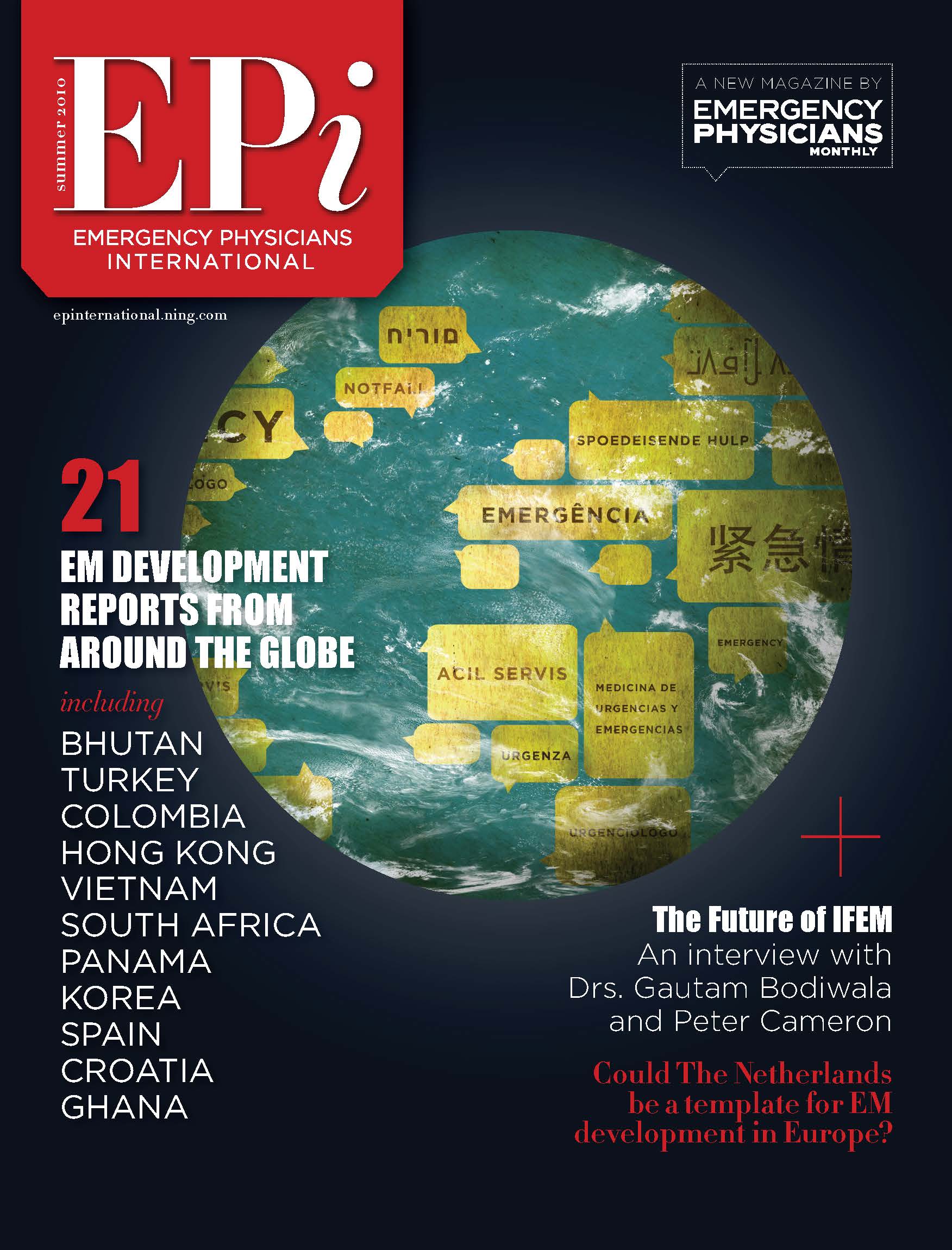Reducing Maternal Mortality Through Improved Communication: An Exploration of ALSO/BLSO Programs
Maternal and infant mortality are consistent, heartbreaking occurrences in communities of all sizes, socioeconomic statuses, and technological advancement levels. Though the medical world continues to grow in technology, general knowledge, and everything in between, this reality still devastates families around the world. According to the World Health Organization, “[e]very day in 2017, approximately 810 women died from preventable causes related to pregnancy and childbirth.” The responsibility of minimizing risks and preventing deaths is shared among the medical community, though curricula have not always reflected this truth. I recently interviewed Dr. Portia Jones about her work toward the goal of risk minimization and raising the accessibility of quality care through vertically integrated training programs.
Dr. Jones has been involved with the American Academy of Family Physicians (AAFP) since the 1990’s. One of AAFP’s most renowned programs is Advanced Life Support in Obstetrics (ALSO), which was founded in 1990 and taken up by AAFP in 1992. Dr. Jones worked with ALSO first as a provider in their courses (1993), then as a trainer (1996), and eventually as a curriculum developer (2008). She has taught ALSO around the world, beginning in 2005. In Dr. Jones’ words:
ALSO was founded in the US to improve training in rural environments, and its effect has played out differently depending on the environment. [It] was started in the US by rural family medicine docs in Wisconsin who realized that their hospitals were not equipped to handle obstetrical emergencies. This was decreasing access, as physicians stopped practicing obstetrics. The ALSO course focuses on hospital based providers who practice obstetrics. Emergency physicians receive minimal training in obstetrics, and there is a need for accessible training to maximize their ability to provide care in the event of an obstetrical emergency. The program originally focused on stabilizing patients and making decisions about their transfer. [Soon,] there was a need identified globally and locally for an additional, different kind of course. This need centers around vertical integration.
Having both emergency physicians and others in the healthcare system use streamlined language and protocols (vertical integration) has been shown to improve care. Therefore, just having programming for obstetrics practitioners was not enough to maximize systematic risk reduction. To reduce risk, groups that did not regularly practice obstetrics, including emergency personnel, first responders, and other personnel that had patients experiencing obstetrical emergencies present to their institutions, needed unique training. In some communities, this vertical integration includes the general community. To meet these needs, Dr. Jones and Dr. Teresa Gipson co-created a curriculum called Basic Life Support in Obstetrics (BLSO), which provides common language and protocols across professional roles.
This course was trialed and modified significantly for use with different groups in Latin America as well as in the United States, and has now been used in over 60 countries around the world. In areas where the courses are taught, there has been reduced maternal mortality. For example, according to the International Journal of Gynecology and Obstetrics, in the highlands of Guatemala, deaths due to hemorrhage reduced by 50% after the introduction of ALSO/BLSO programming. Now, the course is primarily used in the US to train paramedics and first responders, as well as medical students and other learners early in their training. In other countries, it has primarily been used to train paramedics, first responders, and providers in health outposts and healthcare centers in isolated areas. Dr. Jones spoke to the reciprocal nature of this training, and how it develops both urban and rural communities:
I think that learning how patients access care in different settings and the barriers in different settings allowed me to teach providers who had never worked in low resource areas to better understand patients’ experiences and access to care. For example, many large centers have radio communication with rural centers and ambulance centers. The integration of protocols means that the language they use to communicate from bigger healthcare organizations will have more impact because they better know the environment the patients are in. It also has to do with stabilizing patients for transport: rural providers are able to use the same protocols as the bigger institutions.
Along with creating common language, ALSO/BLSO allows access to medical care by focusing on procedures and baseline materials, rather than relying on new technology for success. Dr. Jones continued on to explain what this means:
It is very challenging to assure access to basic materials in many places in the world. One method has been to gather workers in a particular area to brainstorm resource distribution. For example, magnesium sulfate, which is used primarily in IV form to treat preeclampsia can be given as an intramuscular injection if IV’s are not available. This will stabilize a patient for transport. Not every place has access to IV’s, but most everywhere can give shots.
One of the strengths of the ALSO courses is that they are hands-on using mannequins. This means that providers get to practice maneuvers, which they could then use on a patient if the need arises. This is a different model of training than most places in the world use and greatly increases the comfort level of participants. The course is frequently modified to take into account local circumstances which may include less access to certain treatments or interventions from institution to institution. However, many of the basic skills and procedures taught are taught to most providers in the world. These include the leading causes of maternal mortality, including: hemorrhage, infection, and hypertensive complications including pre-eclampsia. These are true across environments. We have a rising maternal mortality rate in the US, but the leading causes are still hemorrhage and hypertensive complications. These vertically integrated tools and methods are needed in all institutions and in all locations. Although there are highly technological solutions to many medical problems, reducing maternal mortality relies on basic understanding of care and timely intervention.
Much of what we are teaching is not as resource dependent as one might think. It is more knowledge and experience and knowing when to intervene, which is what we do teach.
Dr. Jones’ work highlights the importance of intellectual accessibility in growing safe systems for patient care. By providing common language and procedural understandings, ALSO/BLSO curricula allow communities to work together more efficiently while providing higher quality of care when time is of the essence. There is not always a need for grand solutions to large-scale problems; sometimes, the solution starts with better frameworks for communication.
To learn more about ALSO and BLSO (including signing up to teach or host a course), check out the AAFP website here
To contact Dr. Jones about her experiences, please email her at portia.jones@chcw.org








